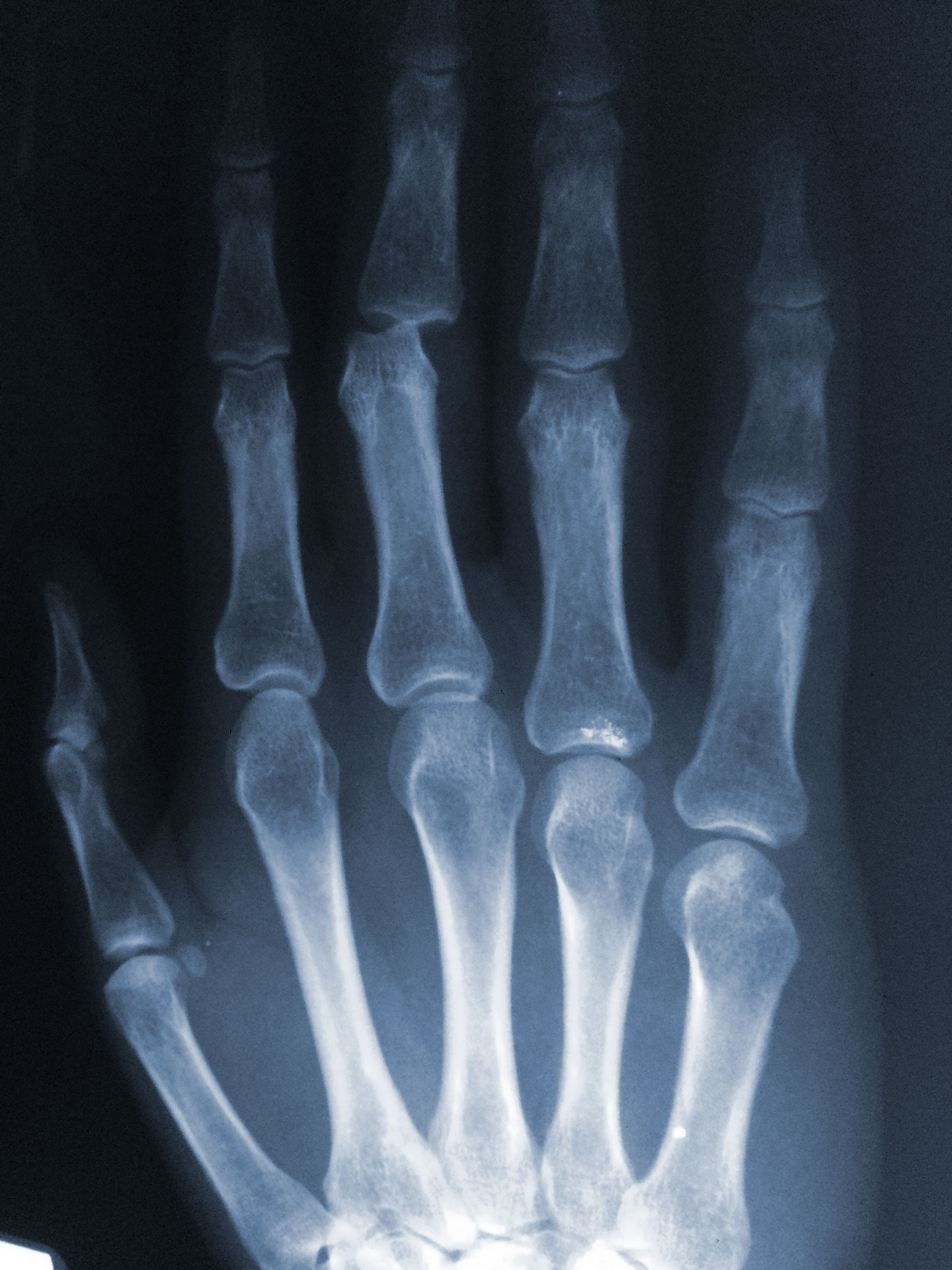Guitarist Tendonitis – How to Avoid It

For many of us, guitar is a part of life. We take it seriously. And as a result, we need to take our health seriously as well.
After I had been playing guitar for about 7 years, I developed a severe case of finger tendonitis (also known as flexor tendonitis) in my left hand. The scary thing was, it came to me much more suddenly than gradually. It came out of nowhere. The same fingers that use to be fast and nimble, were all of the sudden cursed with sharp pains every time I pressed on the fretboard.
Needless to say, it was a depressing phase of life. My passion for music was soon replaced with frustration. When I finally had to acknowledge that the pain wasn’t going away, I began researching what I could do to fix it. I even saw multiple doctors. However, every single source was telling me that there was only one way to cure it…
I had to stop playing, completely.
I had to stop playing, completely.
Stop playing for how long? Well, at the time, that was undetermined. Tendons are one of the slowest healing parts of the body, and each doctor recommended I take at least a year off from playing. The only way to cure tendonitis is to stop doing whatever is causing it. So as hard as it was, if I ever wanted to play the guitar again, I knew I had to quit playing for at least a year.
After that, save for the select few times I couldn’t resist, I didn’t touch the guitar for a whole year. Since then, I have healed for the most part and gradually gotten my “chops” back, but it has not been easy. I definitely learned the hard way, but I’m writing this because I want to make sure you don’t go through the same thing.

First, let’s analyze the things I did wrong:
1. I had bad posture. Having bad posture once in a while is bad enough, but playing for hours and hours everyday with bad posture is infinitely worse. I would slouch in my chair, lean my left arm on my left thigh, all while being oblivious to the fact that I’m setting myself up for a downfall.
2. I never warmed up. When I practiced, I would pick up the guitar and immediately start playing difficult and strenuous passages, without giving my fingers a chance to warm up properly. Bloodflow matters.
3. I never stretched my arms or fingers. Talk about setting myself up to get hurt!
What characteristic do all 3 of these faults have?
Ultimately, it’s laziness.
Yup, I was a lazy bum. I was foolish when it came to these mandatory aspects of guitar playing. I never had formal teaching, so maybe that’s why I didn’t pay too much attention to this stuff, but my ignorance made me pay a big price.
So how can you be pro-active in making sure you don’t get tendonitis?
Keep Good Posture
Don’t slouch your back at all. Why do most elderly people hunch their backs as they get older? Because their backs are literally breaking down. You don’t want to speed up that process on your own back by slouching. Sit up straight when you play.
Don’t lean your left elbow (assuming you are play the fretboard with your left hand) on your left thigh. Unfortunately, so many people do this. Doing so puts an excessive amount of pressure on your elbow and it can lead to different problems in the elbow, forearm, wrist, or even fingers. Angle the guitar neck upwards to where you aren’t tempted to lean on your thigh.
Warm Up
Don’t play fast or hard until your hands are warmed up. Proper blood circulation is key to preventing injury. Imagine a sprinter that fails to jog or get the blood flowing before a race. That sprinter is bound to injure himself. The same can happen to a guitar player. So whether it be with scales, chords, arpeggios, etc., play something slowly and gently until your hands are warmed.
Stretch
Stretch before you play. There are plenty of stretches to help loosen and relax your arms.
These two tutorials will help give you stretching ideas:
Health and Safety for Guitarists
Stretching & Warm-Up
Keep a Healthy Diet and Exercise
At the risk of sounding like your mom, eat your fruits and veggies. I’m no health expert, but I know that supplying your body with proper vitamins and nutrients will help keep your joints and tendons strong while helping prevent nutrition deficiencies. Also do your best to exercise and get some decent cardio in your routine.
Be sure to start these good habits if you haven’t already. I hope this scared you a little, because tendonitis is, well…scary. No one is immune to it, but you can definitely take solid steps to avoiding it if you implement healthy, sound habits. The bottomline is this: if you aren’t pro-active in protecting yourself, then you are pro-active in damaging yourself. Be wise, learn from my mistakes, and have a long and healthy guitar-playing life!

.png)